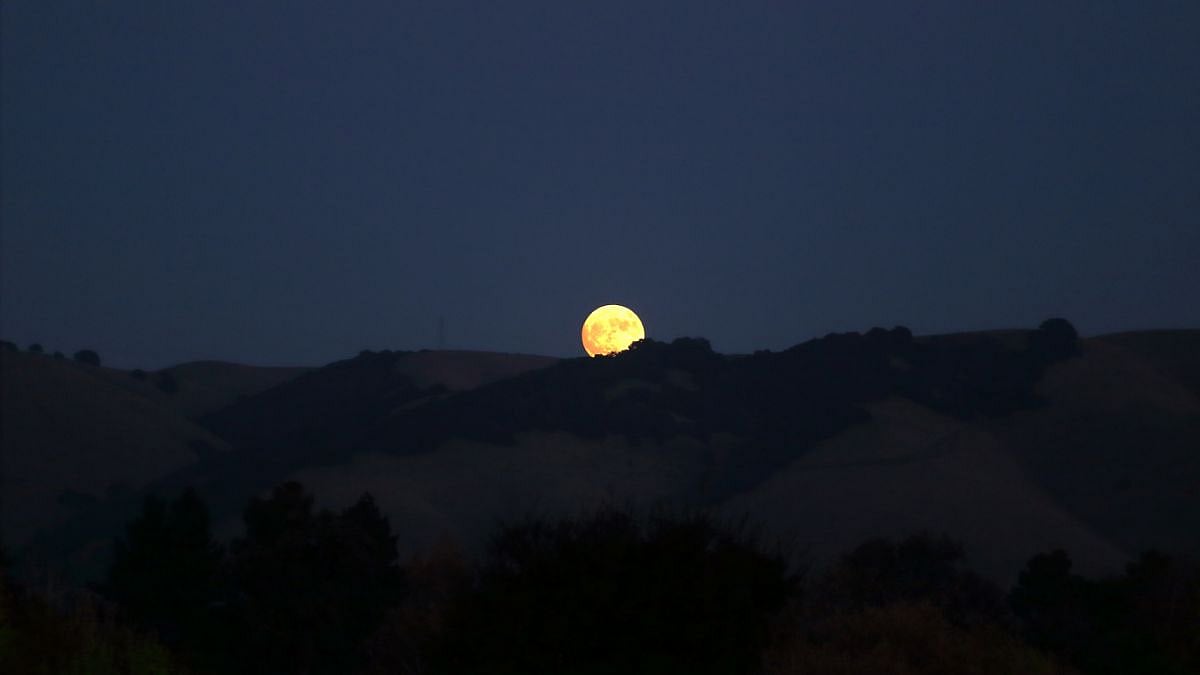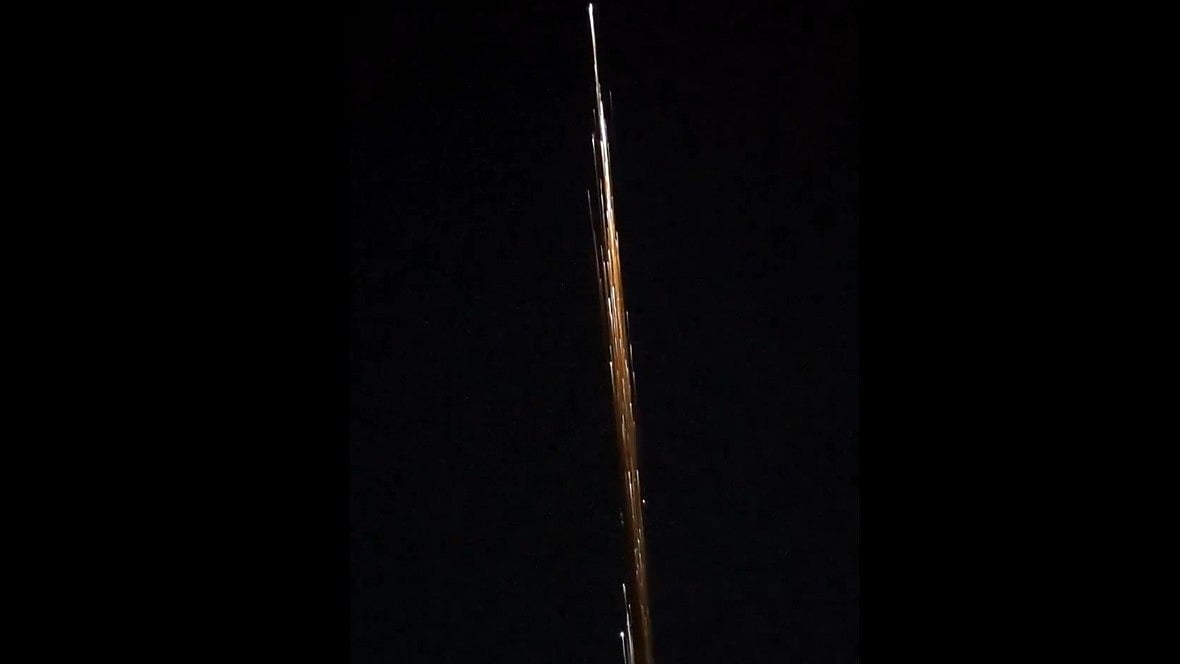The James Webb Space Telescope has released a stunning image revealing the latest details about how the stars we see in the night sky come into existence. The newly released image depicts protostar HH 212, which is around 1,300 light-years from Earth. The star's birth is likely no more than 50,000 years old, as per BBC.
Astronomers located HH212 first in 1993
The star, HH212, was first found by astronomers 1993 near the Belt of Orion. Since then, astronomers have collected a lot more images in an attempt to determine how the budding star developed over three decades.
Astronomers discovered symmetrical pink plumes of gas emissions emanating from both sides of the protostar in the latest photograph, which offers important insights about star formation.
Expert claim first time they observed a well-coloured image
Mark McCaughrean, a senior advisor at the European Space Agency, said that this is evidently the 'first time' scientists have observed a 'good colour image' of the protostar. Such an image was previously unattainable using ground telescopes. Physics says that the discharges of gas visible within the protostar are how it governs its birth.
While in conversation with BBC, McCaughrean explained, "As the blobby ball of gas at the centre compacts down, it rotates. However, if it rotates too fast, it will fly apart; thus, something must be done to remove the angular momentum."
"We believe it is jets and outflows. We believe that as the material shrinks, magnetic fields are drawn together and that some of the material entering the disc is grabbed by magnetic fields and flung out via the poles. That is why these formations are referred to as bi-polar." According to the BBC, the scene the telescope saw 'would have appeared much the same' when our sun grew.
James Webb Space Telescope reveals more insights
The James Webb Space Telescope is certainly creating history with this discovery, Nicola Fox, the associate administrator of NASA's Science Mission Directorate, previously said, "Webb has given us a more detailed understanding of galaxies, stars, and the atmospheres of planets outside of our solar system than ever before, laying the groundwork for NASA to lead the world in a new era of scientific discovery and the search for habitable worlds."










